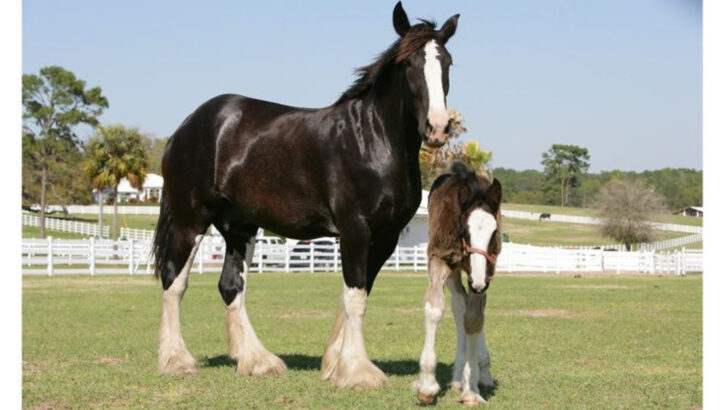Clydesdales and Shire horses are true giants of the equine world, known for their raw power and breathtaking beauty. These magnificent creatures dominate fields and arenas, their sheer size and strength leaving everyone in awe. But which breed reigns supreme, and how do they compare?
With their towering height and muscular build, both breeds share a commanding presence, yet they each have their own unique traits that set them apart. Whether it’s the Clydesdale’s elegant stride or the Shire’s sheer size, there’s a lot to admire in both.
In this post, we’ll explore 13 fascinating ways Clydesdales and Shire horses measure up against each other. Whether you’re a horse enthusiast or just curious, you’ll gain a deeper understanding of what makes these two breeds so extraordinary. Ready to see how they stack up? Let’s dive in!
Size and Build
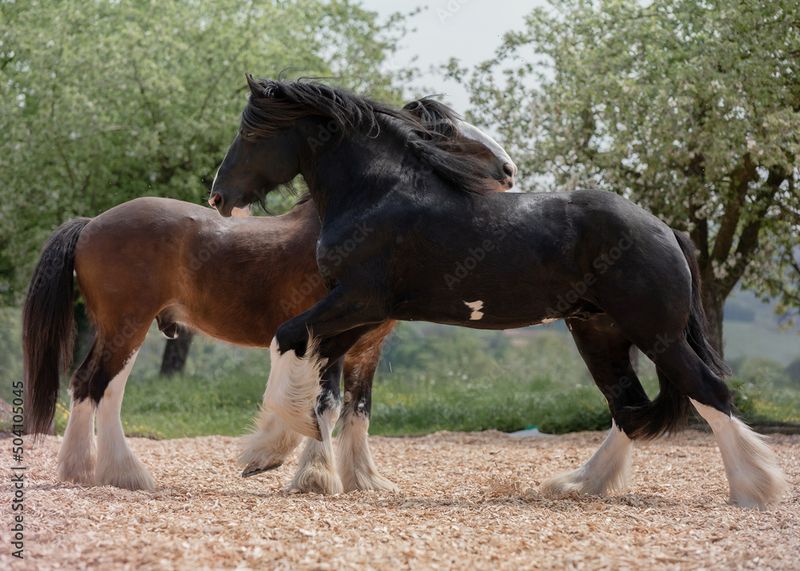
Clydesdales and Shire horses are both known for their impressive size, but there are subtle differences in their build. Clydesdales often have a more compact and muscular build, while Shires are usually taller and more elongated.
Both breeds exude strength, yet their physical appearances cater to different historical functions. Clydesdales were originally bred for hauling heavy loads in urban settings, while Shires were used for farm work.
This distinction in purpose has influenced their body structure, leading to the slight variations we observe today. Admiring these gentle giants up close provides a real sense of their unique beauty.
Origin and History
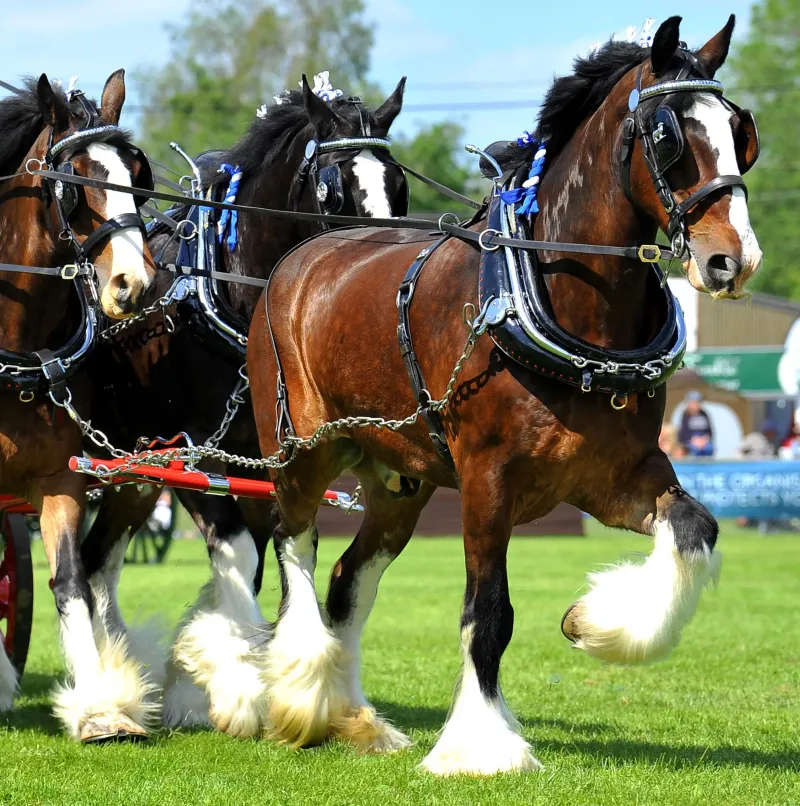
Clydesdales hail from Scotland, specifically the Clydesdale region, while Shire horses have their roots in England. The history of these breeds reflects their cultural significance. Clydesdales gained fame as draft animals, pulling loads in the bustling streets of Glasgow.
Meanwhile, Shire horses were the backbone of English agriculture, plowing fields and transporting goods. Both breeds have evolved over centuries, yet their historical roles remain etched in equine lore.
Understanding their origins provides insight into their development and how they’ve retained their iconic stature in the horse world.
Color and Markings
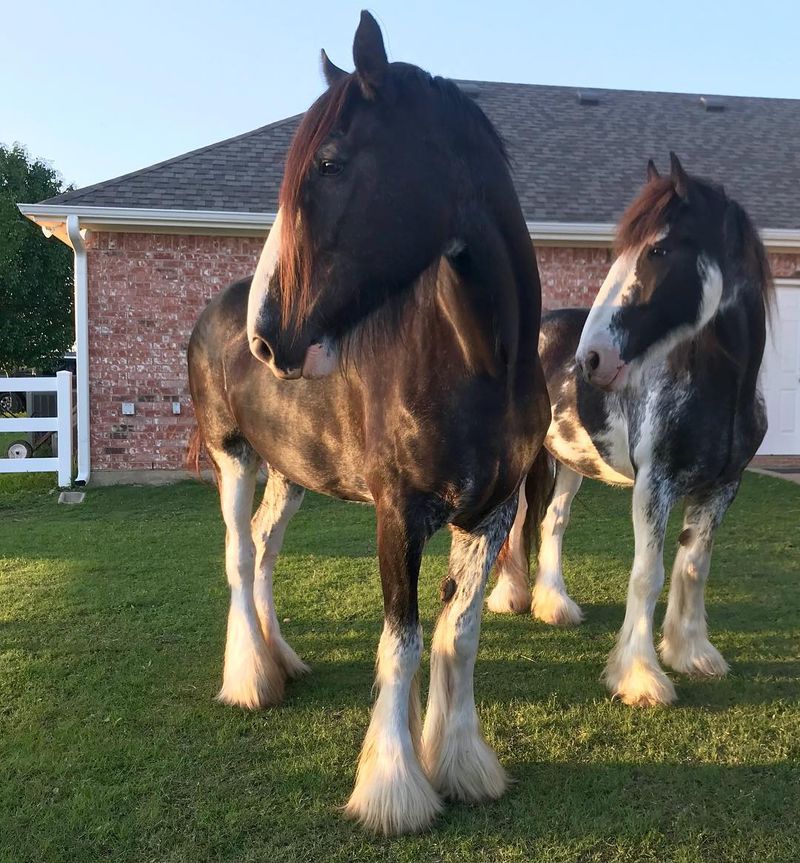
Color plays a vital role in differentiating Clydesdales and Shire horses. Clydesdales are often bay in color with striking white markings on their legs and faces. Shire horses, on the other hand, can be found in various colors, including black, bay, and gray.
Their markings tend to be less pronounced, but equally elegant. These color variations contribute to each breed’s unique charm. The distinctive white ‘feathering’ on the legs of both breeds adds a touch of grace.
Observing these colorful giants is a visual delight, capturing the essence of equine beauty.
Temperament and Personality
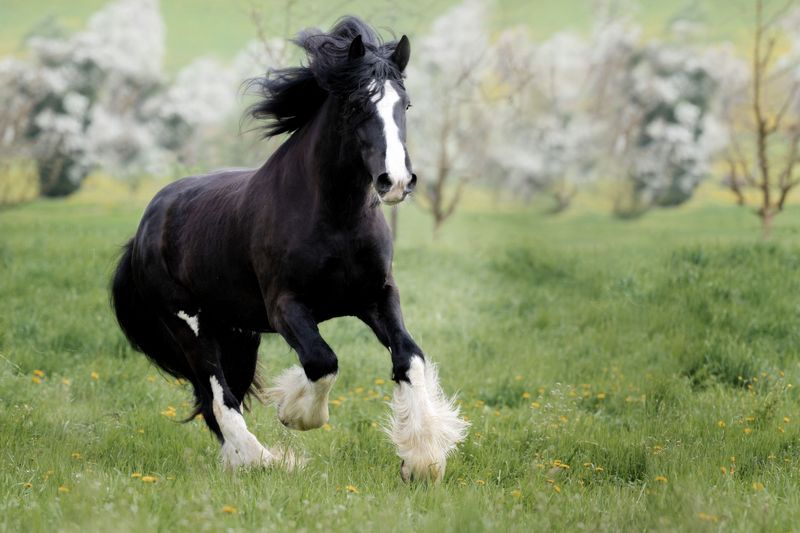
The temperaments of Clydesdales and Shire horses are as gentle as their size is imposing. Known for their calm and friendly nature, both breeds make wonderful companions.
Clydesdales, however, might exhibit a slightly more spirited demeanor, while Shires are often considered more docile. Despite these subtle differences, both breeds are highly trainable and enjoy interaction with humans.
Their patient and kind-hearted nature makes them ideal for therapeutic and educational settings. Engaging with these majestic horses provides a glimpse into their endearing personalities, a testament to their timeless appeal.
Work and Utility
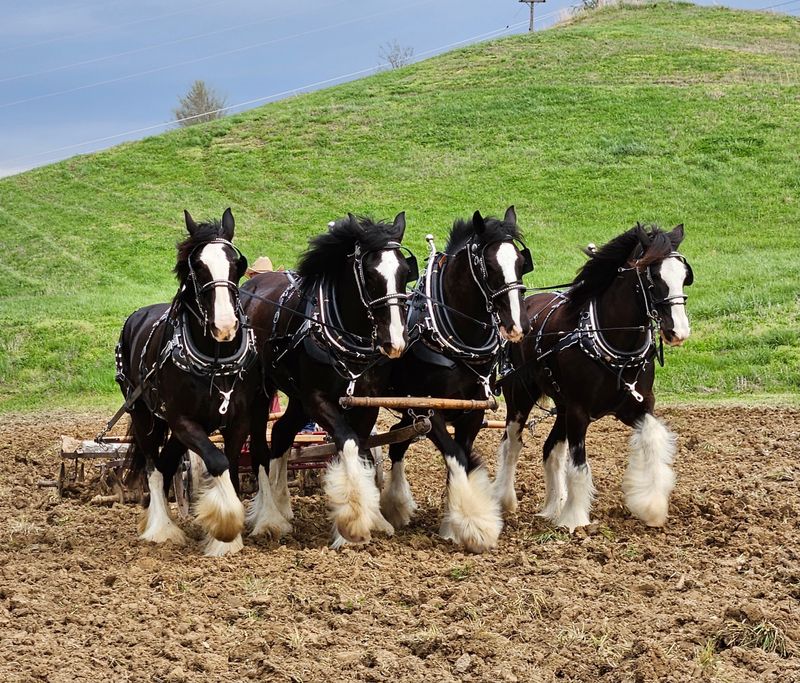
Clydesdales and Shire horses have both served as working horses, yet their roles have varied. Clydesdales have become famous for pulling beer wagons, especially for brands like Budweiser.
Shire horses, on the other hand, have been integral to agriculture, plowing fields and transporting heavy loads. These traditional roles highlight their strength and versatility.
In modern times, both breeds participate in shows and parades, celebrated for their historical significance. Their enduring work ethic and adaptability continue to make them valuable and beloved members of the equine community.
Diet and Nutrition
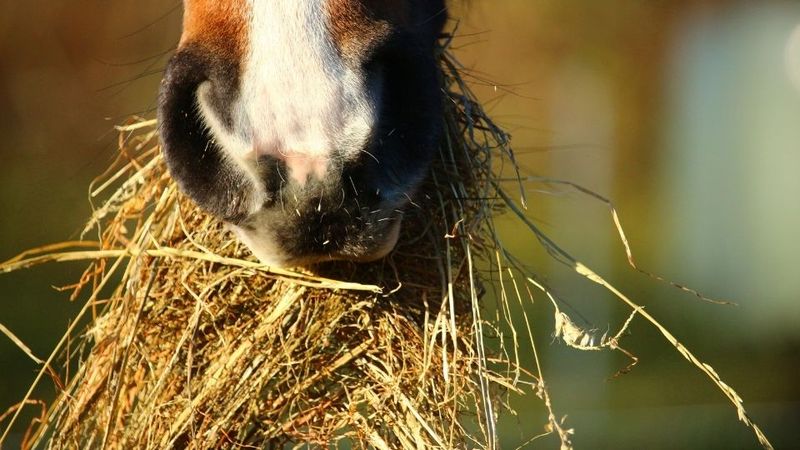
The dietary needs of Clydesdales and Shire horses are substantial due to their size. Both breeds require a balanced diet rich in fiber, proteins, and essential vitamins to maintain their health.
Clydesdales may have a slightly higher caloric intake due to their muscular build, while Shires need ample forage to support their height. Grazing in lush pastures, complemented by quality hay and grains, ensures they receive adequate nutrition.
Careful attention to their diet helps prevent health issues, keeping them energetic and vibrant. Feeding these magnificent creatures is a rewarding aspect of their care.
Grooming and Care
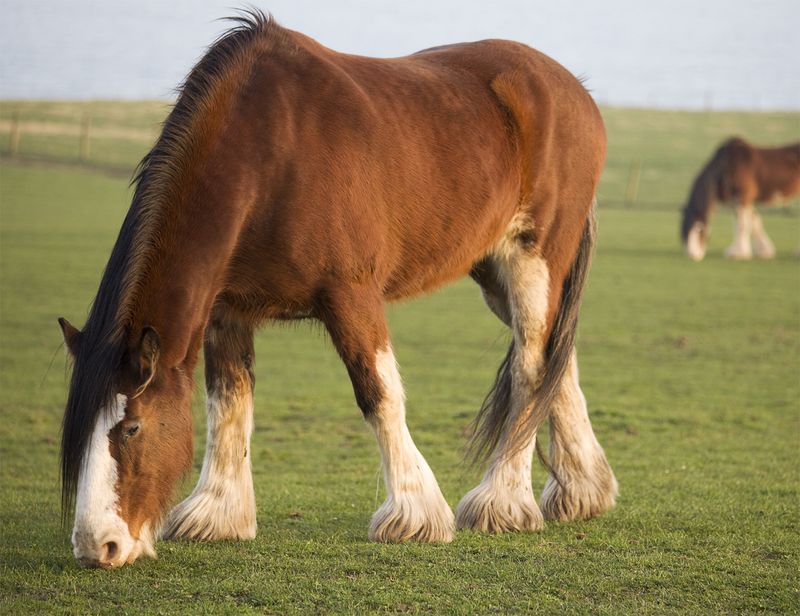
Grooming Clydesdales and Shire horses is both an art and a necessity. These breeds require regular grooming to maintain their glossy coats and clean feathering. Brushing their thick manes and tails helps in keeping them tangle-free.
Attention to their hoof care is paramount, as their large size puts them at risk for hoof-related issues. A consistent grooming routine ensures their comfort and showcases their natural elegance.
The bond formed during grooming sessions enhances the relationship between horse and caretaker, making it a cherished tradition among horse enthusiasts.
Breeding Practices
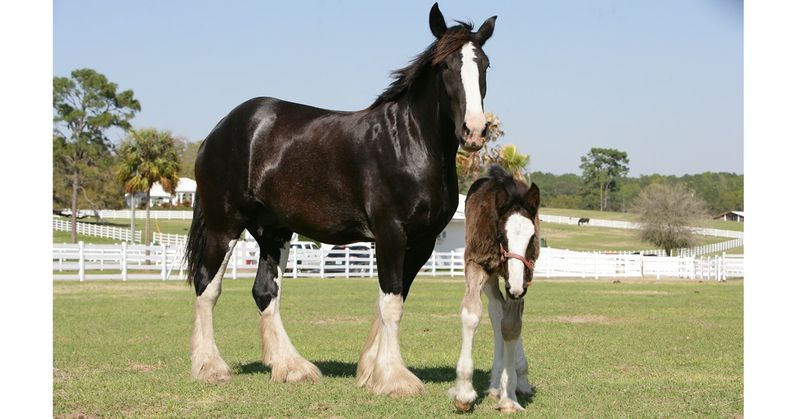
Breeding Clydesdales and Shire horses requires dedication and an understanding of their lineage. Selective breeding practices focus on enhancing desirable traits such as size, temperament, and coat color.
Genetic health considerations also play a vital role to ensure robust offspring. Breeding farms often emphasize maintaining the purity of the breeds, while also adapting to modern demands.
The nurturing environment provided to mares and foals contributes to the development of healthy and well-adjusted horses. These breeding practices sustain the legacy of Clydesdales and Shires, preserving their majestic heritage for future generations.
Training and Handling
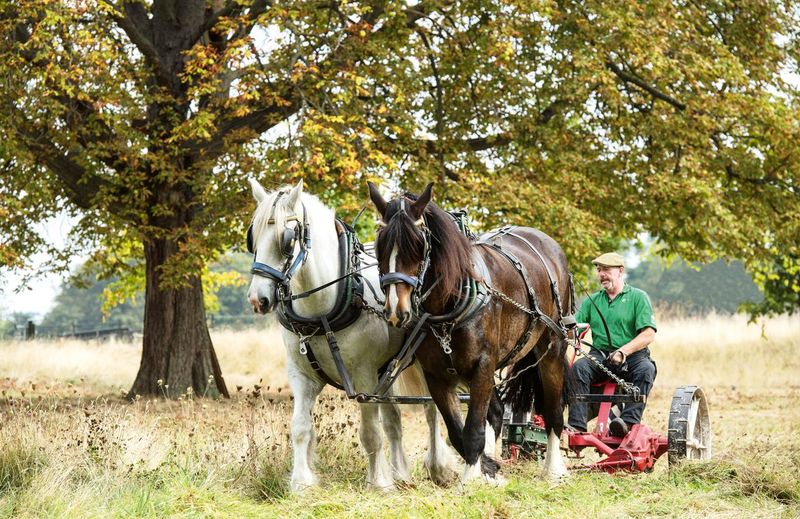
Training Clydesdales and Shire horses involves patience and understanding, reflecting their gentle nature. Both breeds respond well to consistent and positive reinforcement methods.
Training sessions focus on building trust and confidence, allowing horses to adapt to various tasks. Handling these large animals requires expertise, ensuring safety and mutual respect. Properly trained Clydesdales and Shires excel in parades, shows, and even therapeutic programs.
Their willingness to cooperate makes them a joy to work with, enhancing their standing as beloved draft breeds. The training process enriches their lives and strengthens the human-horse bond.
Health and Longevity
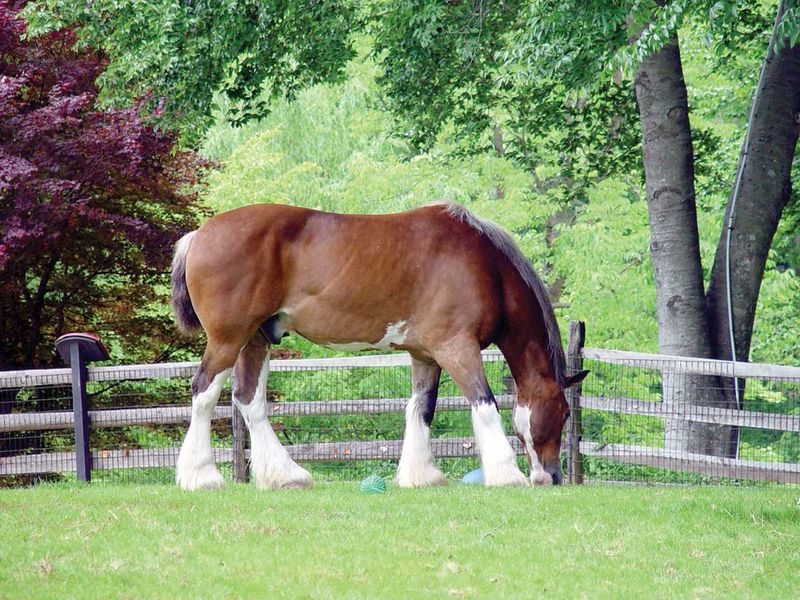
Clydesdales and Shire horses are generally robust and healthy, but their size can lead to specific health concerns. Joint issues and hoof problems are common, requiring vigilant care and routine veterinary check-ups.
With proper management, both breeds can enjoy long and healthy lives. Their longevity adds to their charm, allowing owners to build lasting relationships.
Advances in veterinary medicine continue to support their health needs, ensuring these magnificent creatures thrive. By understanding and addressing their unique health challenges, caretakers can prolong their vitality and enhance their quality of life.
Cultural Significance
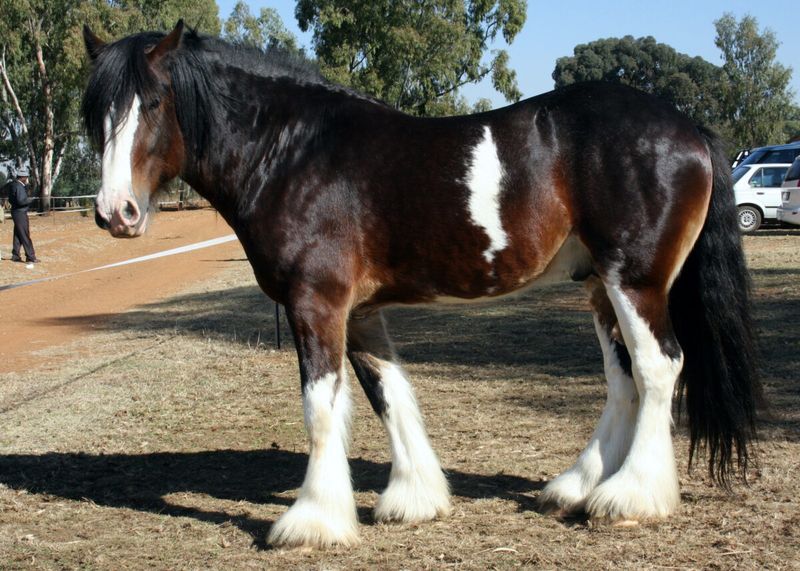
Clydesdales and Shire horses hold a special place in cultural history, symbolizing strength and tradition. Clydesdales are often associated with festive parades and advertisements, especially during the holiday season.
Shire horses represent agricultural heritage, celebrated at fairs and farming events. Both breeds evoke nostalgia and admiration, connecting people to a bygone era. Their presence in movies, commercials, and public events underscores their enduring appeal.
Appreciating their cultural significance enhances our understanding of their role in society, bridging past and present. These horses continue to inspire and captivate audiences worldwide.
Modern Uses and Popularity
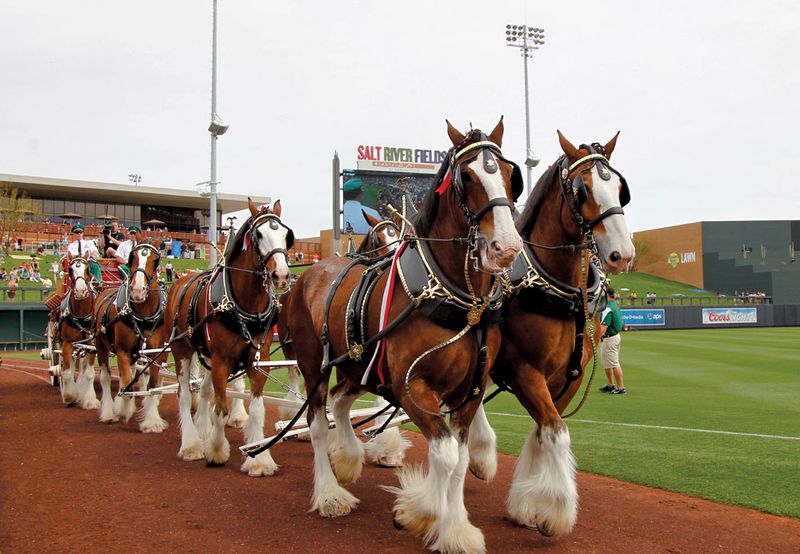
In today’s world, Clydesdales and Shire horses have found new roles beyond traditional work. They are popular attractions at horse shows, drawing crowds with their impressive size and gentle demeanor.
Their participation in educational programs and therapy sessions highlights their adaptability. These breeds have also gained popularity in leisure riding, offering a smooth and enjoyable experience.
Their graceful presence continues to charm and engage people of all ages. As ambassadors of equine excellence, Clydesdales and Shires maintain their esteemed status, ensuring their legacy endures in modern society.
Community and Conservation
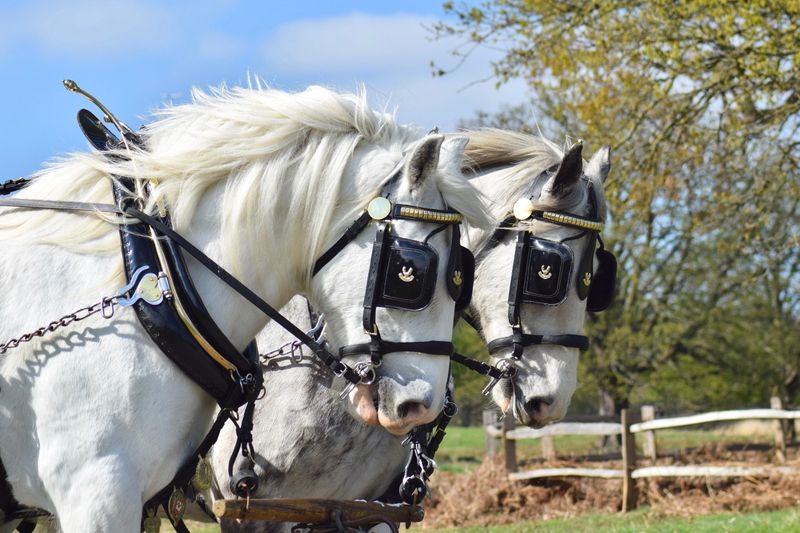
Community efforts play a vital role in the conservation of Clydesdales and Shire horses. Breed societies and enthusiasts are dedicated to preserving their lineage and promoting awareness.
Conservation programs focus on protecting their genetic diversity and encouraging responsible breeding practices. Collaboration among breeders, owners, and organizations fosters a supportive environment for these majestic breeds.
Public events and educational initiatives raise awareness about their importance and the need for preservation. By nurturing community involvement, the legacy of Clydesdales and Shires is safeguarded for future generations to appreciate and cherish.

